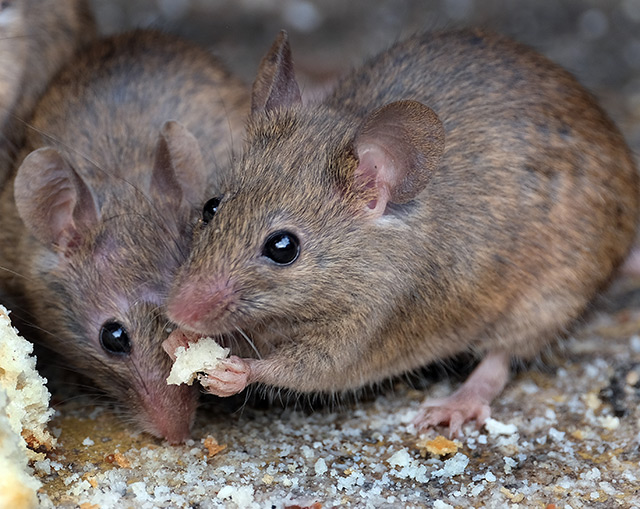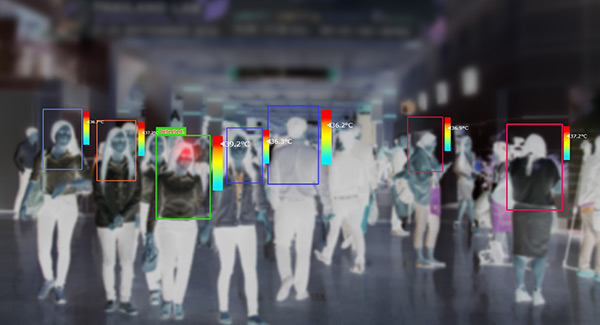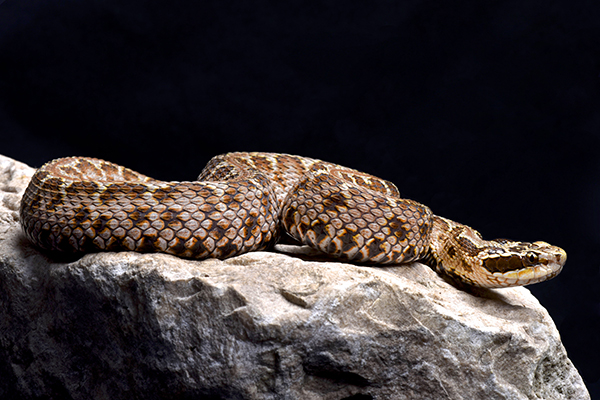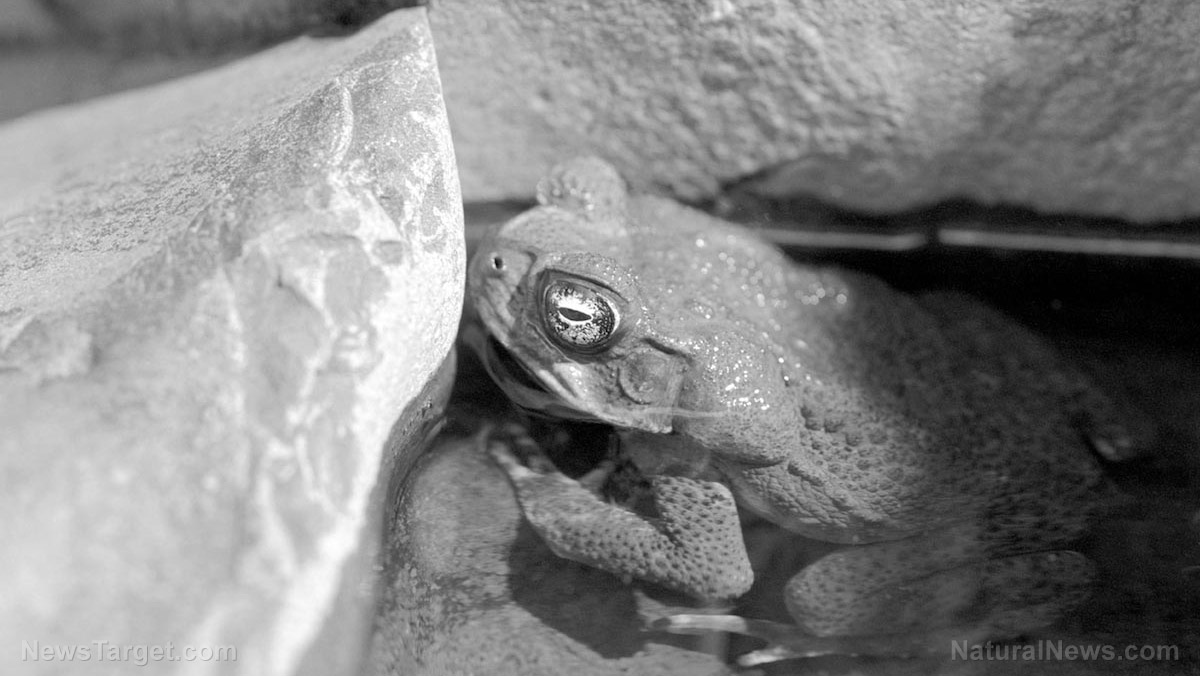Shedding light on animal behavior: Rats can learn to play hide-and-seek just for fun, say scientists
08/25/2020 / By Divina Ramirez

In a recent breakthrough, scientists found that rats can be taught to play hide-and-seek just for the fun of it. The bizarre experiment, described in the journal Science, involved teaching rats both the hiding and seeking roles using social interactions and positive reinforcement.
The German neuroscientists behind the experiment noted that the rats squeaked if seeking and remained silent if hiding. The experiment sheds light on the sophisticated sense of play in these rodents and the complex mechanisms in their brains behind this. It also hints at the evolutionary usefulness of this type of play.
Rats playing hide-and-seek: A breakthrough in neuroscience
Neuroscientist Michael Brecht from the Humboldt University of Berlin said that he got the idea for their experiment from videos of pets playing online. Rats have been known to be capable of rough-and-tumble games, but Brecht noted that hide-and-seek is a much more elaborate game that hasn’t been taught to rats before.
To test if rats could understand and participate in the game, Brecht and his colleagues set up a 30-square-meter room and scattered cardboard shelters and boxes made from both opaque and transparent plastic. The team made seven hiding places for the rats and three for the gamemaster, master’s student Annika Reinhold.
Prior to the experiment, Reinhold first spent a month getting six adolescent male rats accustomed to the room. She taught them the seeking role first. She’d place them in an open box before going to a different part of the room then gave tickles to those that approached her.
Once the rats became accustomed to that, she gradually made it difficult for the rats to approach her by partially hiding and then hiding fully. In the actual game, each round began by keeping a rat inside a lidded box in the room.
If the rat is the “seeker,” Reinhold closes the box, hides and opens the box remotely. The rats understood that opening the box means to go and look for Reinhold. She then pets and tickles the rats upon being found. If the rat is the “hider,” Reinhold leaves the box open as the rat jumps out and scurries to a hiding place.
Interestingly, the rats stuck to their roles throughout each round. Reinhold also noted that the rats doubled back to hiding spots she had used before, demonstrating remarkable cognitive abilities. Moreover, the rats made ultrasonic calls upon finding her. She and her team could measure these calls but could not hear them.
The rats also preferred hiding in opaque boxes and remained silent if assuming the “hider” role. Upon being found, the rats also often re-hid to extend the game. All in all, Reinhold had been able to teach five out of the six rats both the hiding and seeking functions.
Rats are capable of elaborate cognitive abilities
This experiment might seem trivial at first glance, Brecht notes, but it demonstrates that rats are capable of sophisticated cognitive abilities, such as understanding the rules of the game, understanding the distinct roles involved and assuming different roles on different rounds.
Brecht and his team also recorded electrical signals from the rats’ brains during the game using an implant. It appeared that the rats’ prefrontal cortex, the brain region involved in learning, lit up the most during the game. According to Brecht, this suggests that the prefrontal cortex is quite sensitive to learning the rules of a game.
Furthermore, Brecht noted that the rats executed “joy jumps” upon finding Reinhold. This action is something scientists often see in mammals, such as rabbits, lambs and people, engaging in fun activities. Taken together, the results of their experiment suggest that the rats are playing the game for fun and not for the tickles.
In neuroscience, animal research is often about control and conditioning. This means training animals in regulated settings to do tasks using food. But these standard techniques are not useful for understanding the neuroscience behind the idea of play in animals since play is the opposite of control and conditioning.
The concept of play in animals also tends to confound scientists. All kinds of animals have been observed to engage in it, including humans, but it does not appear to be driven by an apparent purpose, unlike activities like hunting or gathering.
Commenting on the research findings, Jennifer Vonk, an expert in animal condition from Oakland University in Michigan, states that the rats might be engaging in behavior reminiscent of seeking out shelter. Nonetheless, Vonk admits this might not be totally the case since the rats did prefer opaque boxes, not just covered areas.
She adds that tests using rats as both hiders and seekers might be useful for further research. (Related: Consciousness tests reveal rats are capable of feeling regret.)
Read more articles on the latest animal-based trials and research at FutureScienceNews.com.
Sources include:
Tagged Under: animals, biomedical research, brain function, brain health, cognition, cognitive abilities, future science, nervous system
RECENT NEWS & ARTICLES
COPYRIGHT © 2017 WEIRDSCIENCENEWS.COM
All content posted on this site is protected under Free Speech. WeirdScienceNews.com is not responsible for content written by contributing authors. The information on this site is provided for educational and entertainment purposes only. It is not intended as a substitute for professional advice of any kind. WeirdScienceNews.com assumes no responsibility for the use or misuse of this material. All trademarks, registered trademarks and service marks mentioned on this site are the property of their respective owners.



















